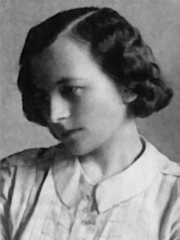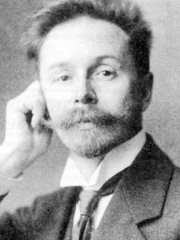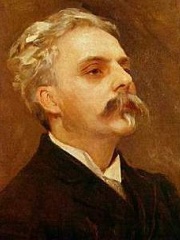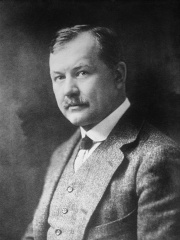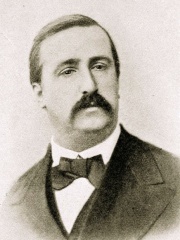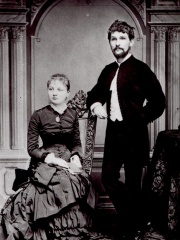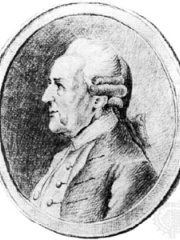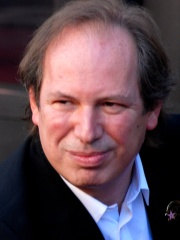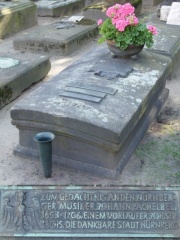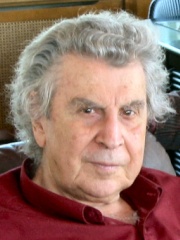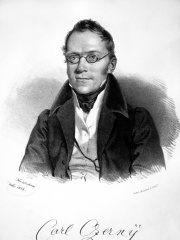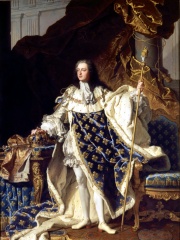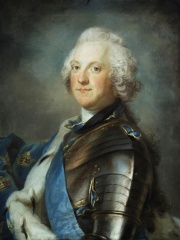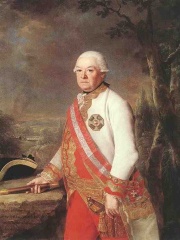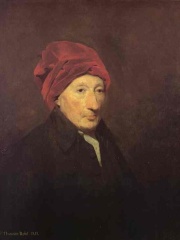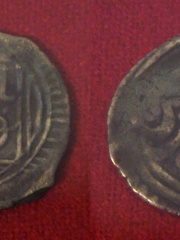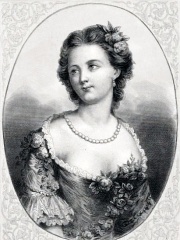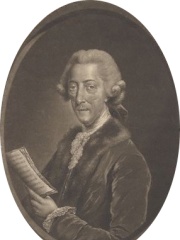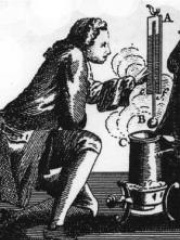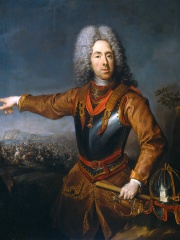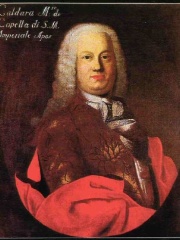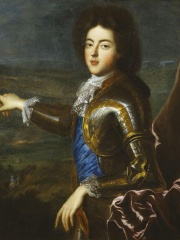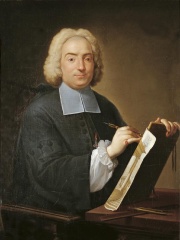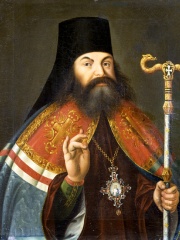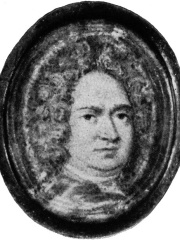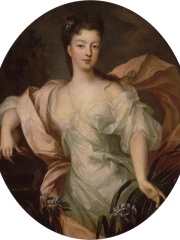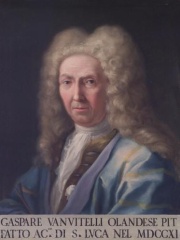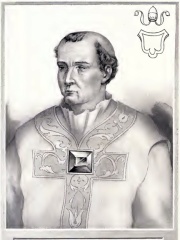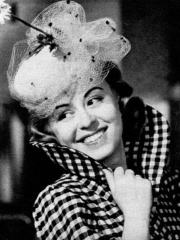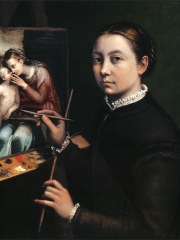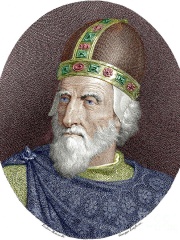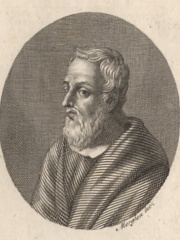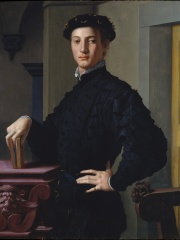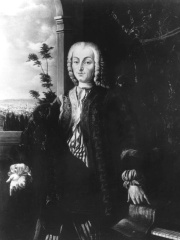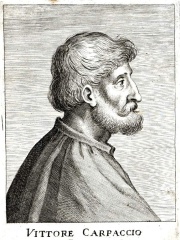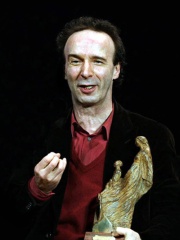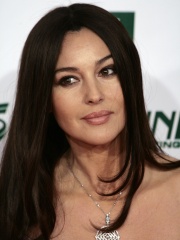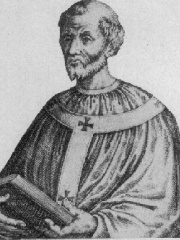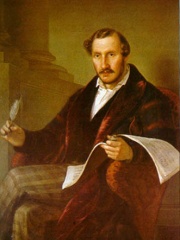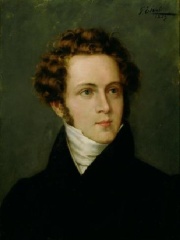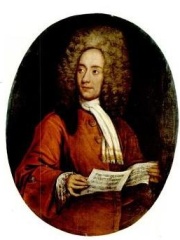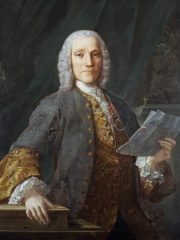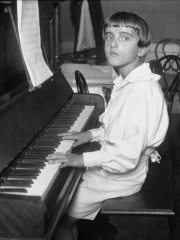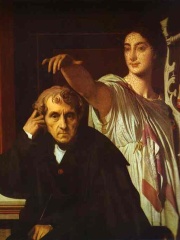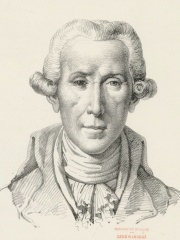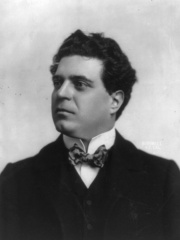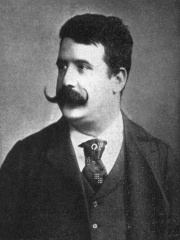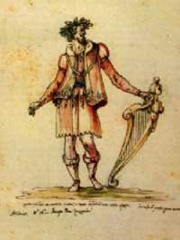COMPOSER
Giovanni Battista Pergolesi
1710 - 1736
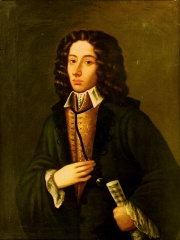
 Giovanni Battista Pergolesi
Giovanni Battista Pergolesi
Giovanni Battista Draghi (Italian: [dʒoˈvanni batˈtista ˈdraːɡi]; 4 January 1710 – 16 or 17 March 1736), usually referred to as Giovanni Battista Pergolesi (Italian: [perɡoˈleːzi; -eːsi]), was an Italian Baroque composer, violinist, and organist, leading exponent of the Baroque; he is considered one of the greatest Italian musicians of the first half of the 18th century and one of the most important representatives of the Neapolitan school. Despite his short life and few years of activity (he died of tuberculosis at the age of 26), he managed to create works of high artistic value and historical importance, among which we remember La serva padrona (The Maid Turned Mistress), of the highest importance for the development and diffusion of the opera buffa in Europe, L'Olimpiade, considered one of the masterpieces of the opera seria of the first half of the eighteenth century, and the Stabat Mater, among the most important works of sacred music of all time. Read more on Wikipedia
Since 2007, the English Wikipedia page of Giovanni Battista Pergolesi has received more than 535,775 page views. His biography is available in 53 different languages on Wikipedia (up from 50 in 2019). Giovanni Battista Pergolesi is the 77th most popular composer (down from 67th in 2019), the 350th most popular biography from Italy (down from 266th in 2019) and the 15th most popular Italian Composer.
Giovanni Battista Pergolesi is most famous for composing the opera "La Serva Padrona" in 1733.
Memorability Metrics
540k
Page Views (PV)
70.97
Historical Popularity Index (HPI)
53
Languages Editions (L)
11.66
Effective Languages (L*)
2.58
Coefficient of Variation (CV)
Page views of Giovanni Battista Pergolesis by language
Over the past year Giovanni Battista Pergolesi has had the most page views in the English wikipedia edition with 69,728 views, followed by Italian (40,610), and Russian (21,590). In terms of yearly growth of page views the top 3 wikpedia editions are French (2,465.38%), Estonian (193.24%), and Simple English (110.57%)
Among COMPOSERS
Among composers, Giovanni Battista Pergolesi ranks 77 out of 1,451. Before him are Stefania Turkewich, Alexander Scriabin, Gabriel Fauré, Franz Lehár, Alexander Borodin, and Leoš Janáček. After him are Wilhelm Friedemann Bach, Hans Zimmer, Johann Pachelbel, Mikis Theodorakis, Alban Berg, and Carl Czerny.
Most Popular Composers in Wikipedia
Go to all RankingsStefania Turkewich
1898 - 1977
HPI: 71.50
Rank: 71
Alexander Scriabin
1871 - 1915
HPI: 71.49
Rank: 72
Gabriel Fauré
1845 - 1924
HPI: 71.45
Rank: 73
Franz Lehár
1870 - 1948
HPI: 71.41
Rank: 74
Alexander Borodin
1833 - 1887
HPI: 71.18
Rank: 75
Leoš Janáček
1854 - 1928
HPI: 70.98
Rank: 76
Giovanni Battista Pergolesi
1710 - 1736
HPI: 70.97
Rank: 77
Wilhelm Friedemann Bach
1710 - 1784
HPI: 70.96
Rank: 78
Hans Zimmer
1957 - Present
HPI: 70.95
Rank: 79
Johann Pachelbel
1653 - 1706
HPI: 70.80
Rank: 80
Mikis Theodorakis
1925 - 2021
HPI: 70.61
Rank: 81
Alban Berg
1885 - 1935
HPI: 70.58
Rank: 82
Carl Czerny
1791 - 1857
HPI: 70.56
Rank: 83
Contemporaries
Among people born in 1710, Giovanni Battista Pergolesi ranks 2. Before him is Louis XV of France. After him are Wilhelm Friedemann Bach, Adolf Frederick, King of Sweden, Muhammad bin Saud, András Hadik, Thomas Reid, Thomas Simpson, Mohammed ben Abdallah, Marie-Anne de Cupis de Camargo, Domenico Alberti, and Thomas Arne. Among people deceased in 1736, Giovanni Battista Pergolesi ranks 4. Before him are Ahmed III, Daniel Gabriel Fahrenheit, and Prince Eugene of Savoy. After him are Stephen Gray, Antonio Caldara, Louis Auguste, Duke of Maine, Filippo Juvarra, Theophan Prokopovich, Matthäus Daniel Pöppelmann, Louise Diane d'Orléans, and Caspar van Wittel.
Others Born in 1710
Go to all RankingsLouis XV of France
POLITICIAN
1710 - 1774
HPI: 84.17
Rank: 1
Giovanni Battista Pergolesi
COMPOSER
1710 - 1736
HPI: 70.97
Rank: 2
Wilhelm Friedemann Bach
COMPOSER
1710 - 1784
HPI: 70.96
Rank: 3
Adolf Frederick, King of Sweden
POLITICIAN
1710 - 1771
HPI: 70.68
Rank: 4
Muhammad bin Saud
POLITICIAN
1710 - 1765
HPI: 65.64
Rank: 5
András Hadik
POLITICIAN
1710 - 1790
HPI: 58.18
Rank: 6
Thomas Reid
PHILOSOPHER
1710 - 1796
HPI: 57.83
Rank: 7
Thomas Simpson
MATHEMATICIAN
1710 - 1761
HPI: 57.73
Rank: 8
Mohammed ben Abdallah
POLITICIAN
1710 - 1790
HPI: 57.60
Rank: 9
Marie-Anne de Cupis de Camargo
DANCER
1710 - 1770
HPI: 57.12
Rank: 10
Domenico Alberti
MUSICIAN
1710 - 1746
HPI: 56.93
Rank: 11
Thomas Arne
COMPOSER
1710 - 1778
HPI: 55.76
Rank: 12
Others Deceased in 1736
Go to all RankingsAhmed III
POLITICIAN
1673 - 1736
HPI: 75.57
Rank: 1
Daniel Gabriel Fahrenheit
PHYSICIST
1686 - 1736
HPI: 74.07
Rank: 2
Prince Eugene of Savoy
MILITARY PERSONNEL
1663 - 1736
HPI: 73.35
Rank: 3
Giovanni Battista Pergolesi
COMPOSER
1710 - 1736
HPI: 70.97
Rank: 4
Stephen Gray
ASTRONOMER
1666 - 1736
HPI: 62.51
Rank: 5
Antonio Caldara
COMPOSER
1670 - 1736
HPI: 62.23
Rank: 6
Louis Auguste, Duke of Maine
POLITICIAN
1670 - 1736
HPI: 60.31
Rank: 7
Filippo Juvarra
ARCHITECT
1678 - 1736
HPI: 58.95
Rank: 8
Theophan Prokopovich
PHILOSOPHER
1681 - 1736
HPI: 56.42
Rank: 9
Matthäus Daniel Pöppelmann
ARCHITECT
1662 - 1736
HPI: 55.25
Rank: 10
Louise Diane d'Orléans
COMPANION
1716 - 1736
HPI: 54.34
Rank: 11
Caspar van Wittel
PAINTER
1653 - 1736
HPI: 54.31
Rank: 12
In Italy
Among people born in Italy, Giovanni Battista Pergolesi ranks 350 out of 5,161. Before him are Pope Nicholas I (800), Giulietta Masina (1921), Sofonisba Anguissola (1535), Enrico Dandolo (1107), Hippasus (-600), and Bronzino (1503). After him are Bartolomeo Cristofori (1655), Vittore Carpaccio (1465), Pope Innocent I (378), Roberto Benigni (1952), Monica Bellucci (1964), and Pope Alexander IV (1200).
Others born in Italy
Go to all RankingsPope Nicholas I
RELIGIOUS FIGURE
800 - 867
HPI: 71.06
Rank: 344
Giulietta Masina
ACTOR
1921 - 1994
HPI: 71.05
Rank: 345
Sofonisba Anguissola
PAINTER
1535 - 1625
HPI: 71.04
Rank: 346
Enrico Dandolo
POLITICIAN
1107 - 1205
HPI: 71.02
Rank: 347
Hippasus
PHILOSOPHER
600 BC - 500 BC
HPI: 71.01
Rank: 348
Bronzino
PAINTER
1503 - 1572
HPI: 71.00
Rank: 349
Giovanni Battista Pergolesi
COMPOSER
1710 - 1736
HPI: 70.97
Rank: 350
Bartolomeo Cristofori
INVENTOR
1655 - 1731
HPI: 70.95
Rank: 351
Vittore Carpaccio
PAINTER
1465 - 1526
HPI: 70.94
Rank: 352
Pope Innocent I
RELIGIOUS FIGURE
378 - 417
HPI: 70.94
Rank: 353
Roberto Benigni
ACTOR
1952 - Present
HPI: 70.93
Rank: 354
Monica Bellucci
ACTOR
1964 - Present
HPI: 70.93
Rank: 355
Pope Alexander IV
RELIGIOUS FIGURE
1200 - 1261
HPI: 70.93
Rank: 356
Among COMPOSERS In Italy
Among composers born in Italy, Giovanni Battista Pergolesi ranks 15. Before him are Gaetano Donizetti (1797), Vincenzo Bellini (1801), Tomaso Albinoni (1671), Domenico Scarlatti (1685), Antonio Salieri (1750), and Alessandro Scarlatti (1660). After him are Nino Rota (1911), Luigi Cherubini (1760), Luigi Boccherini (1743), Pietro Mascagni (1863), Ruggero Leoncavallo (1857), and Jacopo Peri (1561).
Gaetano Donizetti
1797 - 1848
HPI: 74.46
Rank: 9
Vincenzo Bellini
1801 - 1835
HPI: 74.46
Rank: 10
Tomaso Albinoni
1671 - 1751
HPI: 74.37
Rank: 11
Domenico Scarlatti
1685 - 1757
HPI: 74.22
Rank: 12
Antonio Salieri
1750 - 1825
HPI: 74.06
Rank: 13
Alessandro Scarlatti
1660 - 1725
HPI: 71.82
Rank: 14
Giovanni Battista Pergolesi
1710 - 1736
HPI: 70.97
Rank: 15
Nino Rota
1911 - 1979
HPI: 70.41
Rank: 16
Luigi Cherubini
1760 - 1842
HPI: 70.27
Rank: 17
Luigi Boccherini
1743 - 1805
HPI: 70.18
Rank: 18
Pietro Mascagni
1863 - 1945
HPI: 70.14
Rank: 19
Ruggero Leoncavallo
1857 - 1919
HPI: 69.59
Rank: 20
Jacopo Peri
1561 - 1633
HPI: 68.69
Rank: 21
